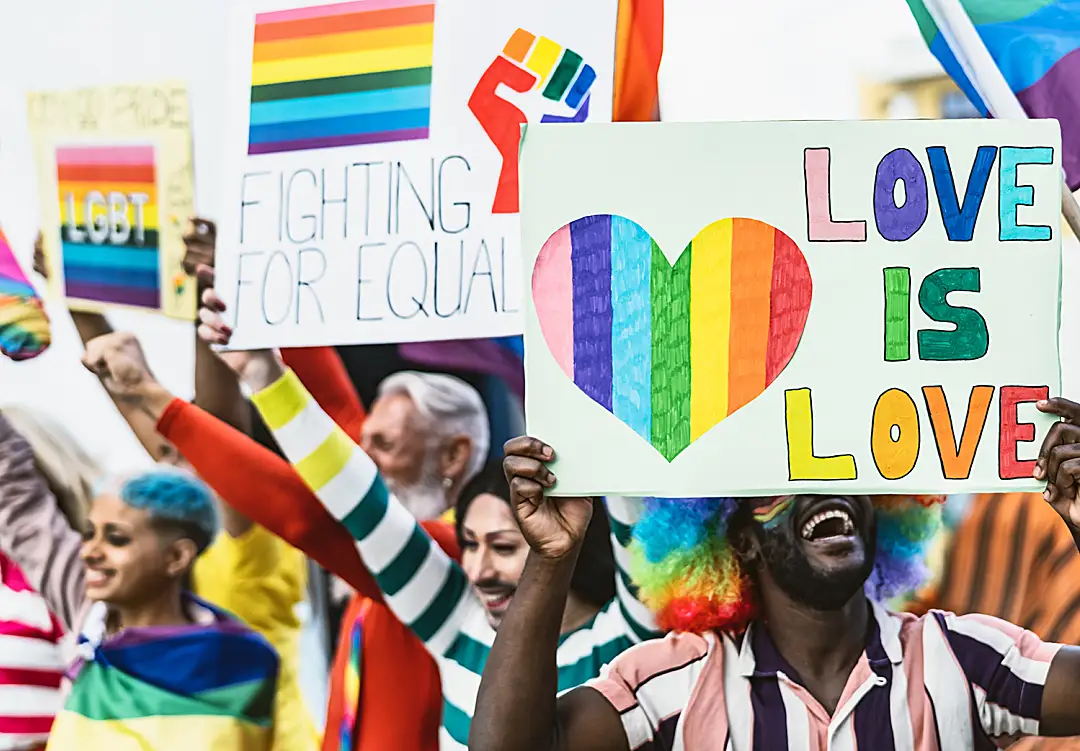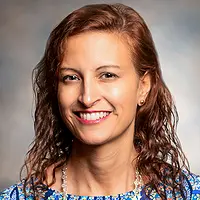
This piece was written by Kristina Brunelle, Head of Global Equity, Diversity, Including and Belonging and shared with RTI staff. The opinions expressed in this piece are her own.
Ever since my daughter was 4 years old, she has called it the “I Love You Festival.” To her it was a celebration of love, indicated by brightly colored flags, hats, shirts, skirts, stickers, etc. that were professing “love is everywhere!” What else could that many rainbows mean to a 4-year-old child?
She’s not that far off. The first Pride marches took place in June of 1970 in Chicago, San Francisco, Los Angeles, and Manhattan. They were initially meant to serve as a commemoration of the Stonewall riots that had taken place the year before in the same month. At the time, what later became known as the gay rights movement was gathering steam. The civil rights movements of the 60’s had paved the way for other populations to organize in the name of equality.
1974 marked the first openly LGBTQ+ individual elected to serve in public office, in the form of Kathy Kozachenko, a City Council member in Ann Arbor, Michigan. In 1978 Harvey Milk became San Francisco’s city supervisor, the first openly gay male elected to a political office in California. That same year he asked Gilbert Baker, a Vietnam vet, artist, and gay rights activist to create an emblem for the movement that would be seen as a symbol of “pride.” This resulted in the first rainbow flag. The original flag featured 8 colors representing concepts such as “Life,” “Healing,” “Sunlight,” “Nature,” and “Serenity.” In 2017 black and brown stripes were added to draw attention to issues of people of color within the LGBTQ+ community.
Today the different versions of the flag represent many different things to many different people, among them inclusion, pride, unity, and social justice. They grace Pride celebrations that take place in every corner of the globe, from Athens to Zurich and thousands of cities in between, usually this month. What started out as small gatherings of a few hundred people have evolved into a movement that celebrates acceptance and inclusivity.
My daughter is nine now. We have tried to raise her to be conscious of gay rights. Fairness. Equity. Love. Every year, at some point in the Spring she asks me “When is the I Love You festival, Mama?”
“In June.” I respond.
Her eyes light up with joy. “Can we go?”
“Absolutely.” I reply.
For those who have never been to a Pride event, I encourage you to explore one in your community, either online or in person. Take some time to learn about the history of the gay rights movement and what that might mean for our LGBTQ+ colleagues, friends, and family. Maybe we’ll see you there.
